Fars
Fars was the final destination on our journey. Situated in southwest Iran, the Fars providence is home to Persepolis, the ancient ceremonial capital of the Archemaied dynasty. Archemaied dynasty was founded in 550 BC and ruled the Persian empire and its almost 5.5 million kilometer territory at the time. The notion of beauty can be observed in the palace of Persepolis in many forms but one interesting notion we learned about was the introduction of ‘shallow stairs’ in the entrance. Each step was intentionally made with a minimal height so when the kings would arrive the rhythm of their ascend and descent would appear graceful, a beautiful movement. Fars is also home to Shiraz, an exquisite city with lavish gardens and opulent houses. An obsession with lively colours can be seen throughout the cityscape and its numerous gathering spots, mosques, and bazaars. We also visited Firouzabad, two-hour drive to the south of Shiraz. There, one can see the remains of Ardeshir Babakan palace, a testimony to simple but majestic architecture.
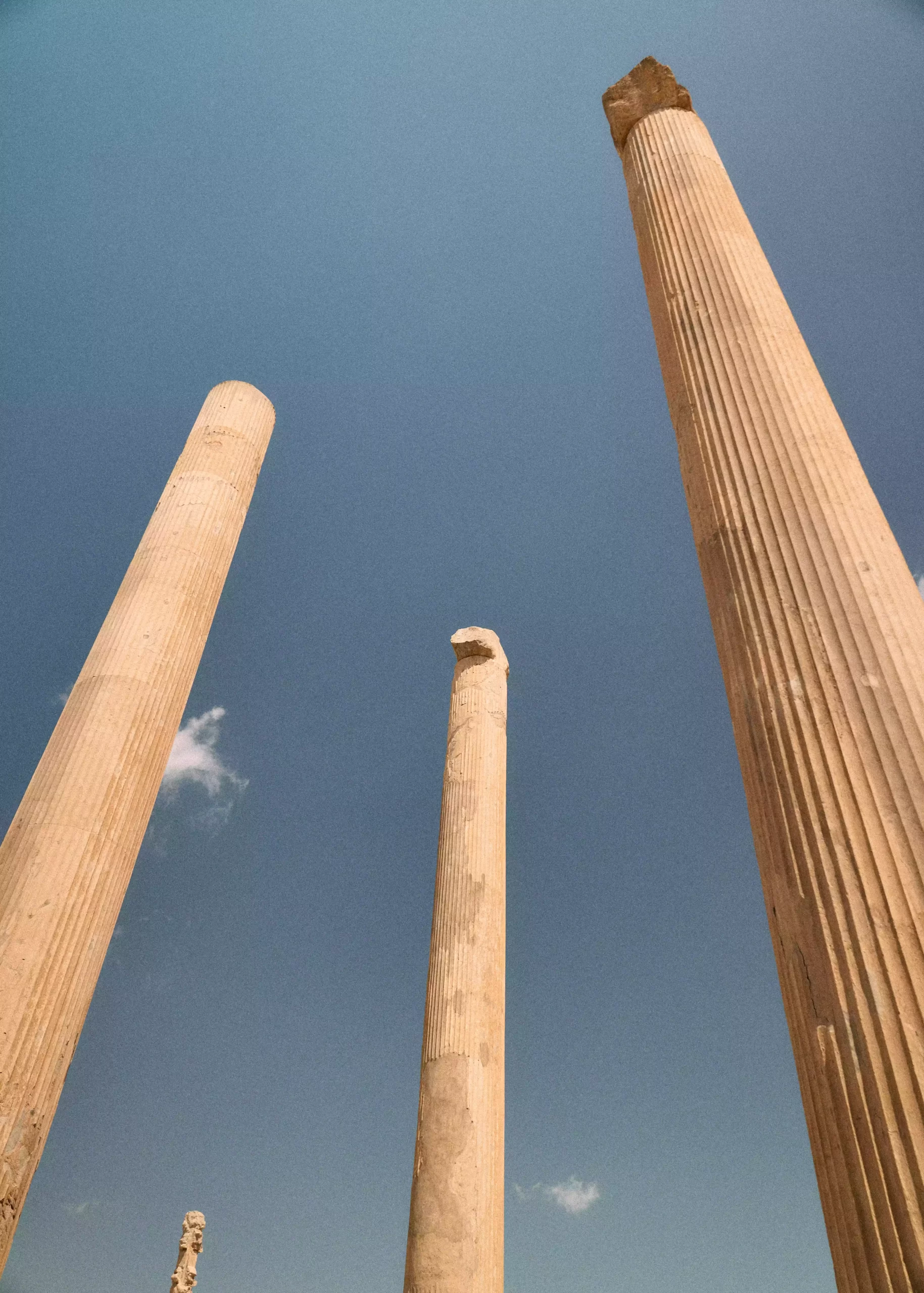
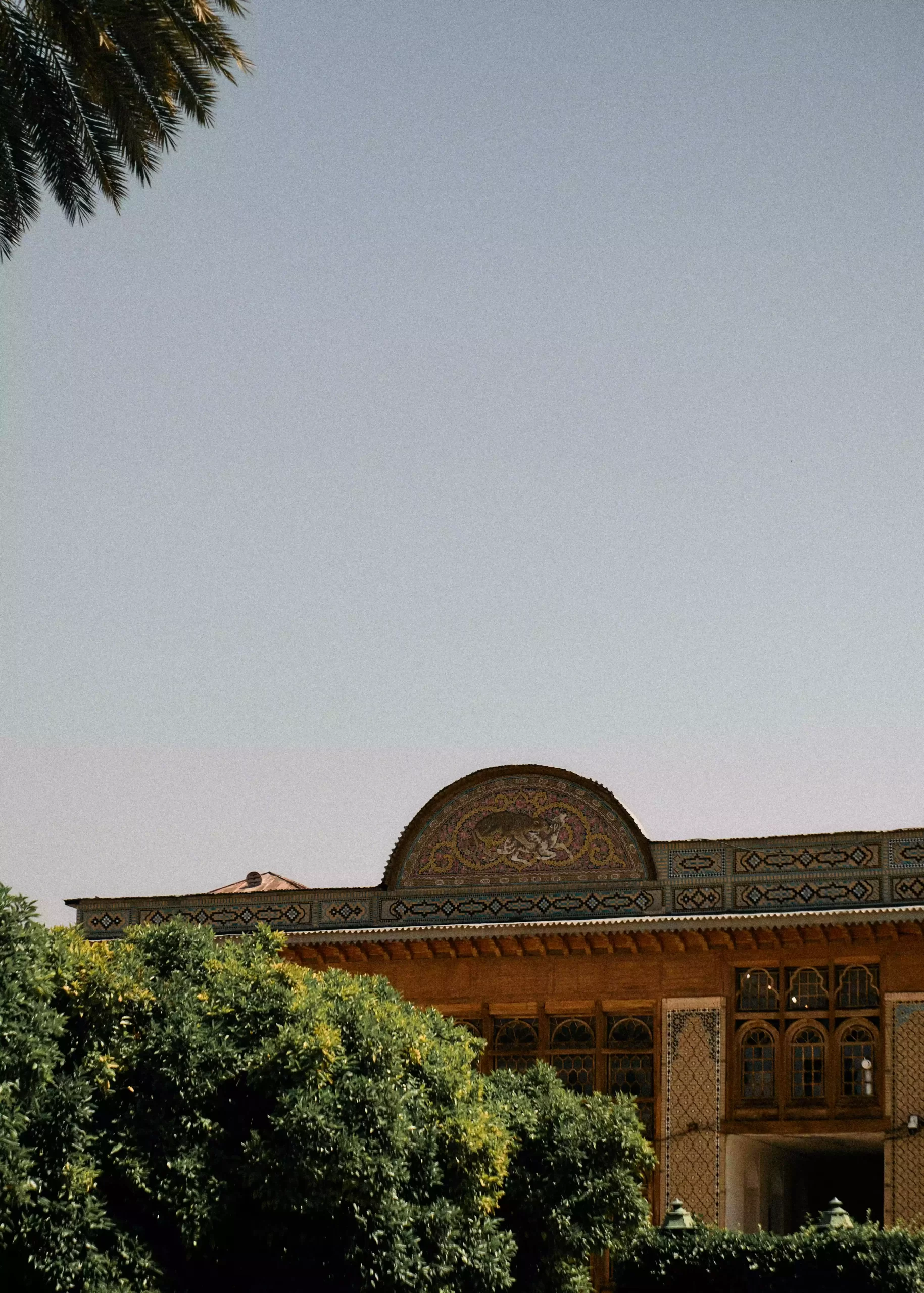
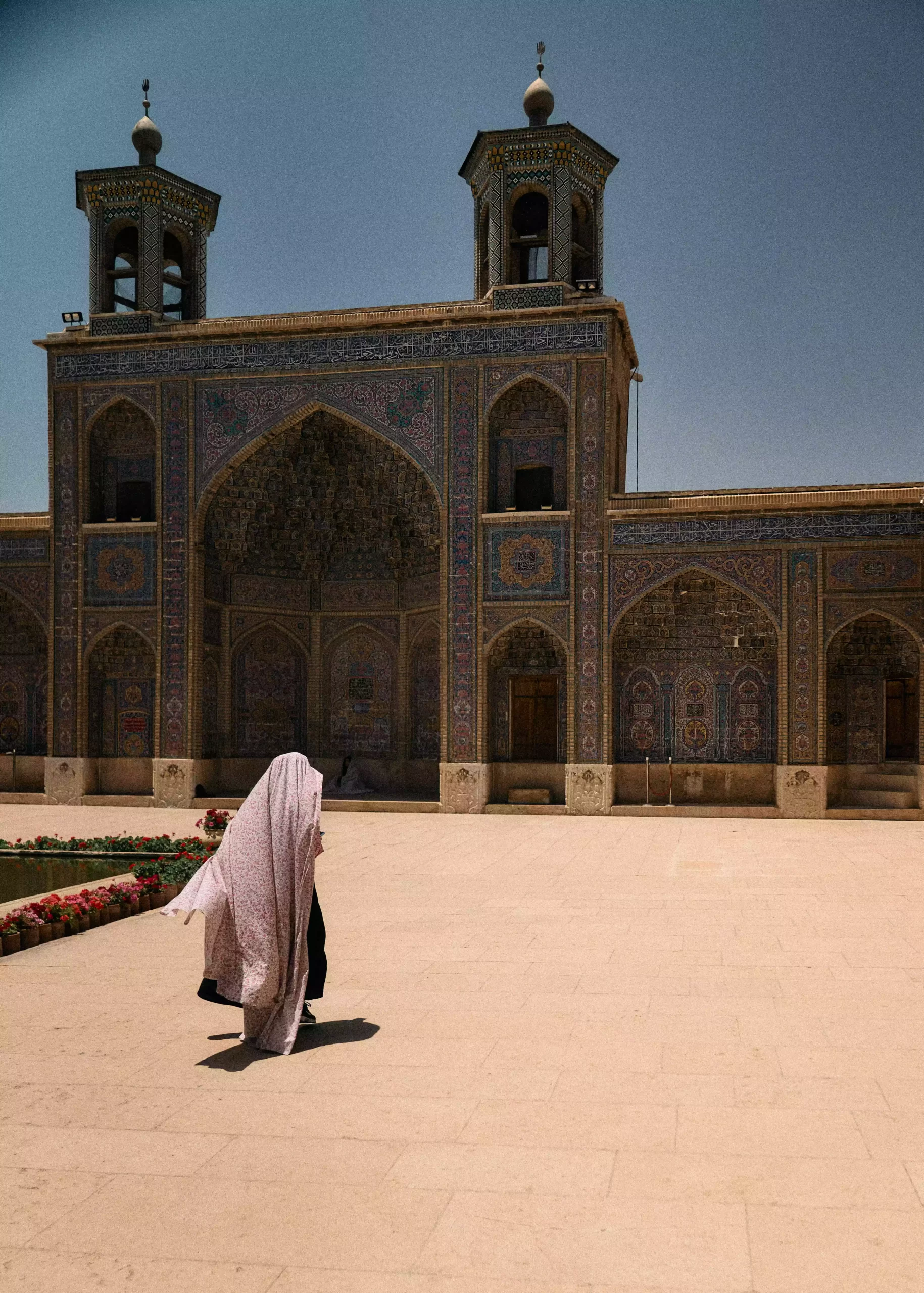
Golestan
Golestan, a providence in northern Iran is a land of pure beauty. The eastern Hyrcanian forest meets vast plains north of the Alborz mountain range. Home to many ethnic groups, mainly Turkmen but also Mazanderanis, Persians, Baluchis, Qizilbachis, Khazaghs, Georgians, and Armenians, Golestan, despite its small population, is a melting pot for many tribes from across Iran. Here we saw a rather slower pace of life among the local people we met, slower in pace but perhaps richer in integrity. The hardworking men and women dedicate their hours to building lives for future generations as they have done so in 10,000 years of the history of the region. They encountered wars and natural disasters yet they remained enthusiastic about cultivating their land and making beautiful lives. Turkmen for instance are so fond of their tar and kamanche, traditional musical instruments so deeply embedded in their culture. They are also fond of the Turkmen horse, an animal they appreciate for their beauty and the joy the provides when riding. Despite economic disadvantages, they put so much effort into the way they dress using highly decorated clothes and using the most vivid colours.
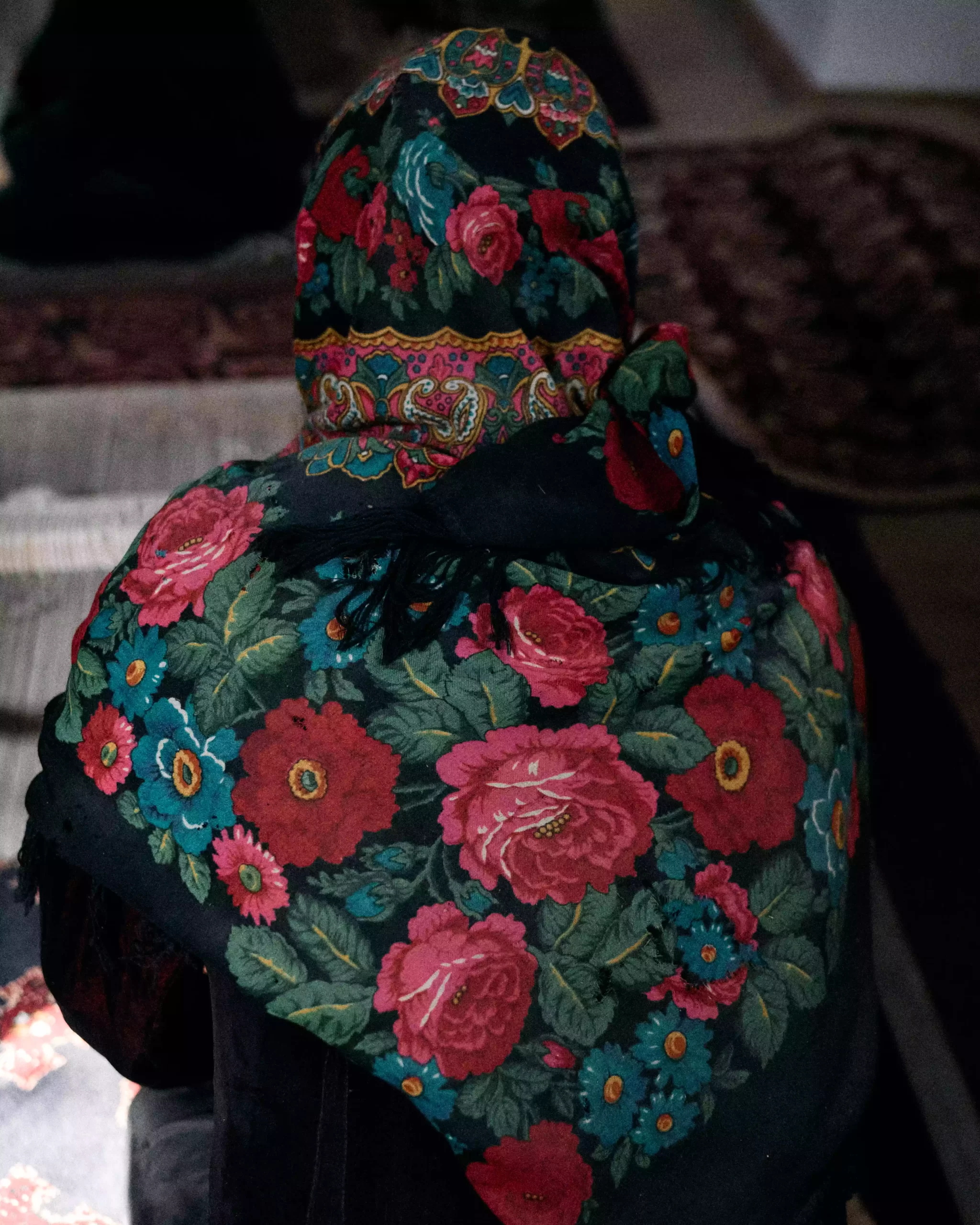


Hormozgan
Hormozgan, the southernmost providence in Iran is a land of wonder and awe. We went to the Island of Qeshm, a wondrous island stretching 135 kilometers. Sparsely populated, the island is home to some rare animal and plant species. The recent years have seen an inflow of people from all over the country, however in small villages, one could see the authentic life of the native islanders going by in accord with traditional customs. There is a sense of quietness among the local people, but with them, they carry an enormous sound of life and living. Everything they do, it seems, they do it with full intention. They are eager to please you, for the sake of pleasing you. The island life is simple but full of beautiful surprises. The most mundane objects from their table- and glassware to the sandals and baskets they use, are finely made. There is a desire to make everything, no matter how trivial, more beautiful.


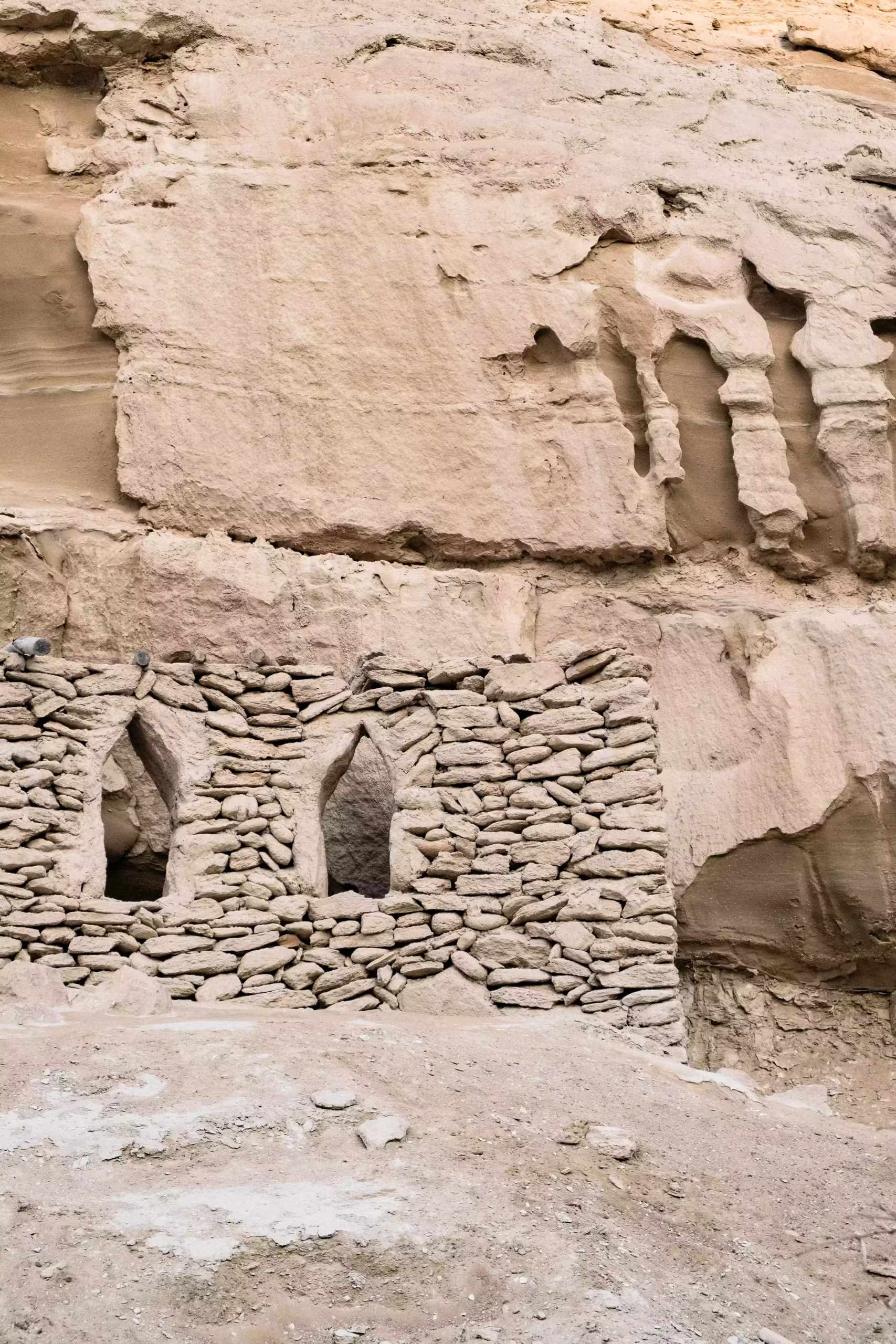
Isfahan
Situated in central Iran, Isfahan province is one of the largest and most populated in the country. It drives its name from Isfahan, a city in the intersection of major north-south and east-west roads that flourished as a world city between the 9th and the 18th centuries. The city of Isfahan, Spahan (Middle Persian) became the capital of Iran during the Safavid rule. During the Zoroastrian era, Isfahan was a major centre for agriculture and trade but also a cultural and political centre. During the Sassanid, it became an important centre for the revival of the Zoroastrian religion. During the Islamic era, Isfahan continued to flourish as a trade and cultural hub. Everything we saw was a reminder of how people in the city are obsessed with beauty, generation after generation. In bazaar, one could find workshops dedicated to producing minakari and other forms of arts and crafts for several generations. The region has also a long history of producing bricks and tiles that in turn have influenced its architecture and the built environment.

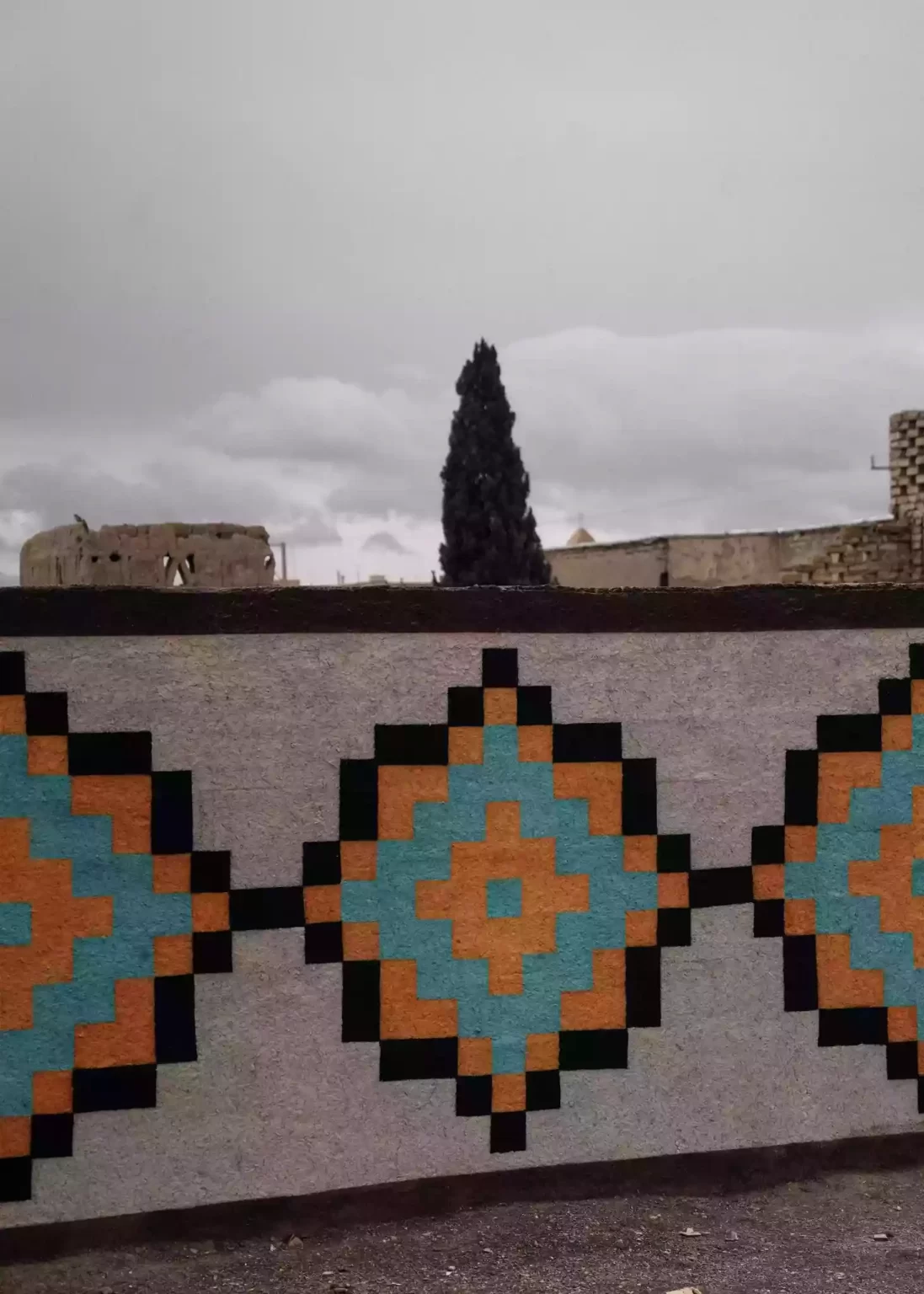
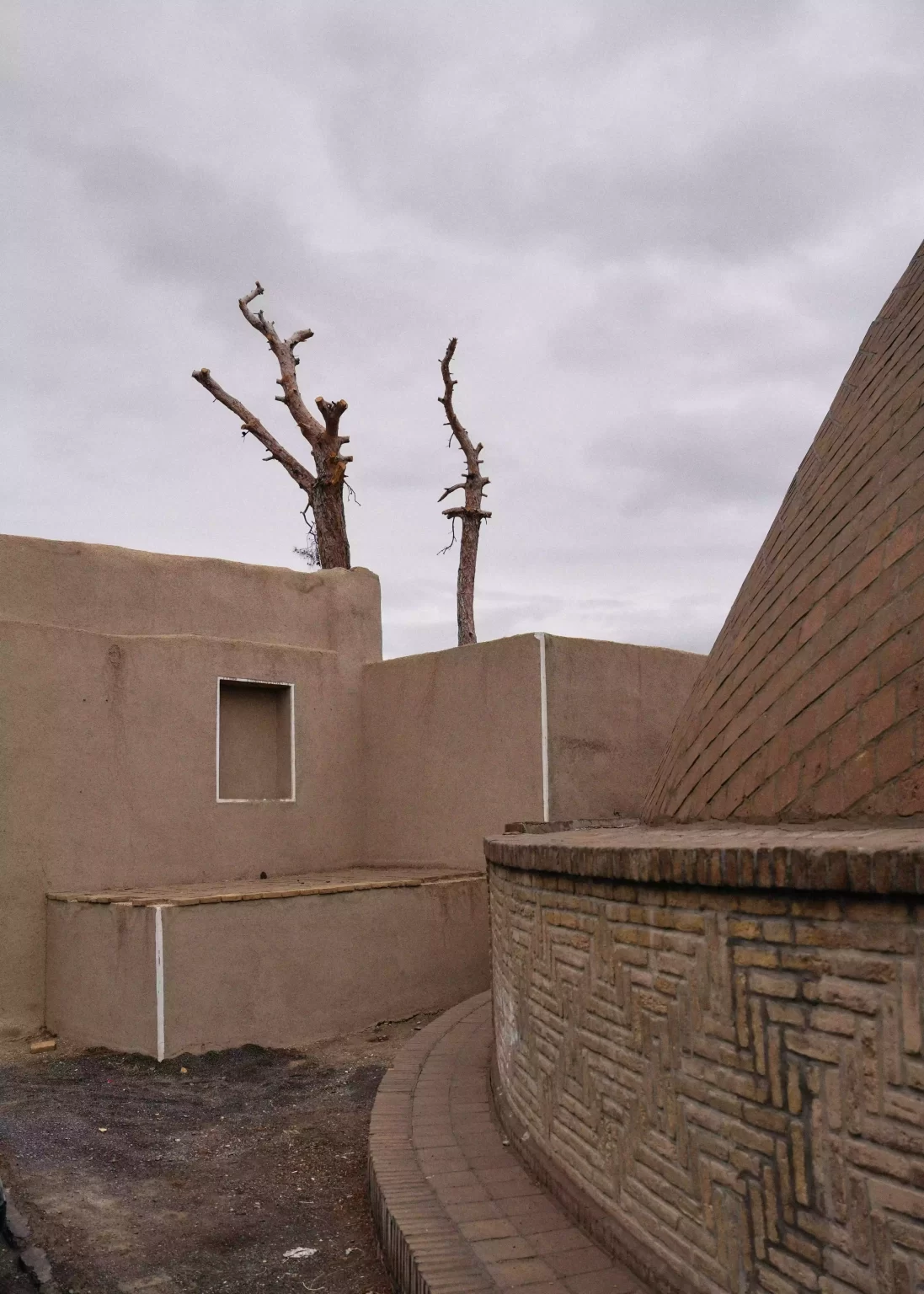
Yazd
Yazd was another province in central Iran and again, it derives its name from its capital the city of Yazd. There was a wealth of beautiful places and architecture in Yazd. Unlike Isfahan, though, the beauty was more subdued. The architects there found beauty less in ornaments and more in simple geometrical forms. Yazd is on the edges of the central desert of Iran, a vast desert in the middle of the Iranian plateau but the city features beautiful gardens and tree-lined streets. The city exhibited brilliant light thanks to its sunny weather but the architects had done an amazing job in creating places to provide people with pleasing shadows, and they thought of this for every season based on the position of the sun in that particular season. We visited textile workshops we people were weaving and painting clothes for many centuries. You could see love on their faces as they worked to make beautiful things.
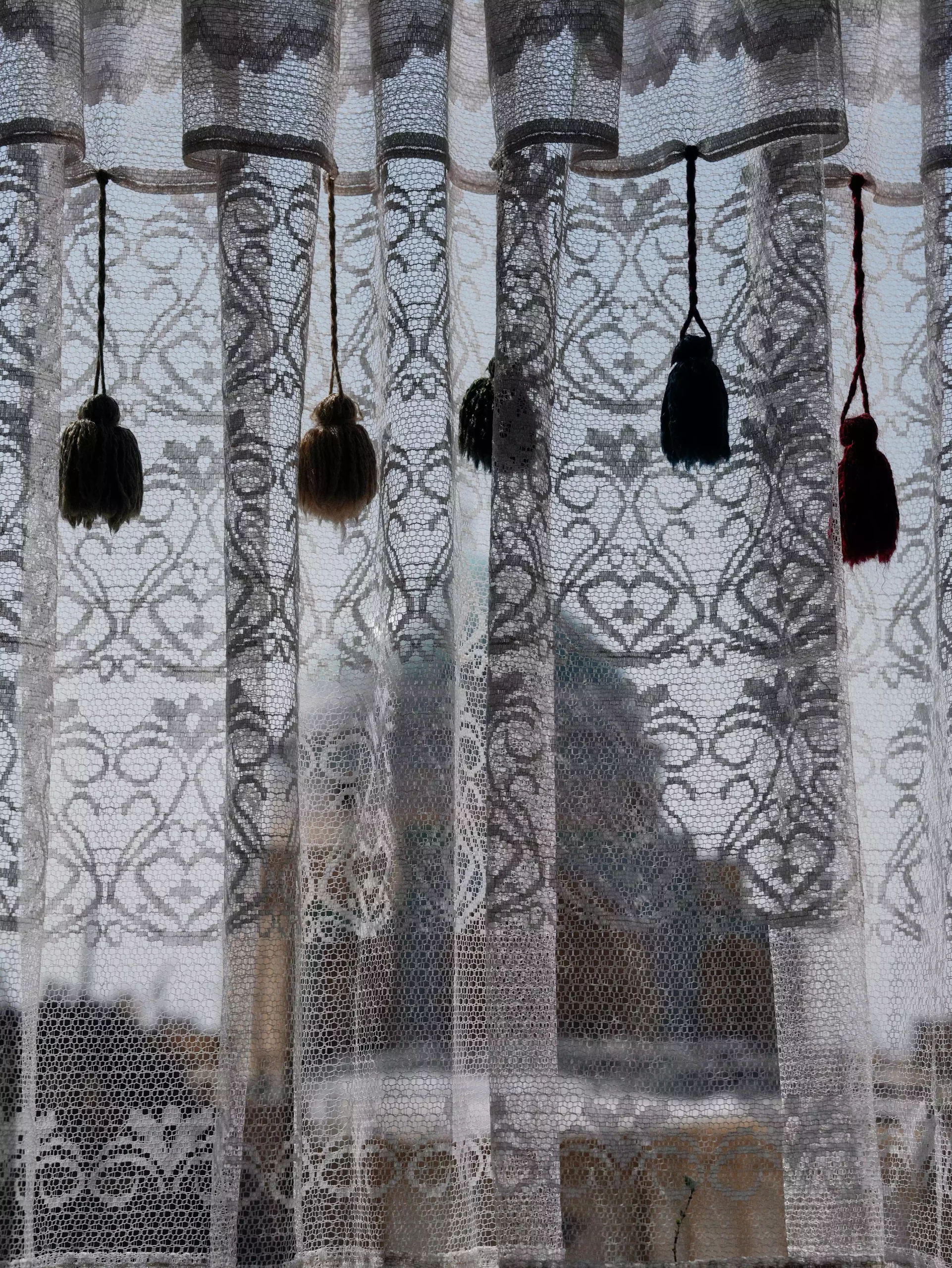
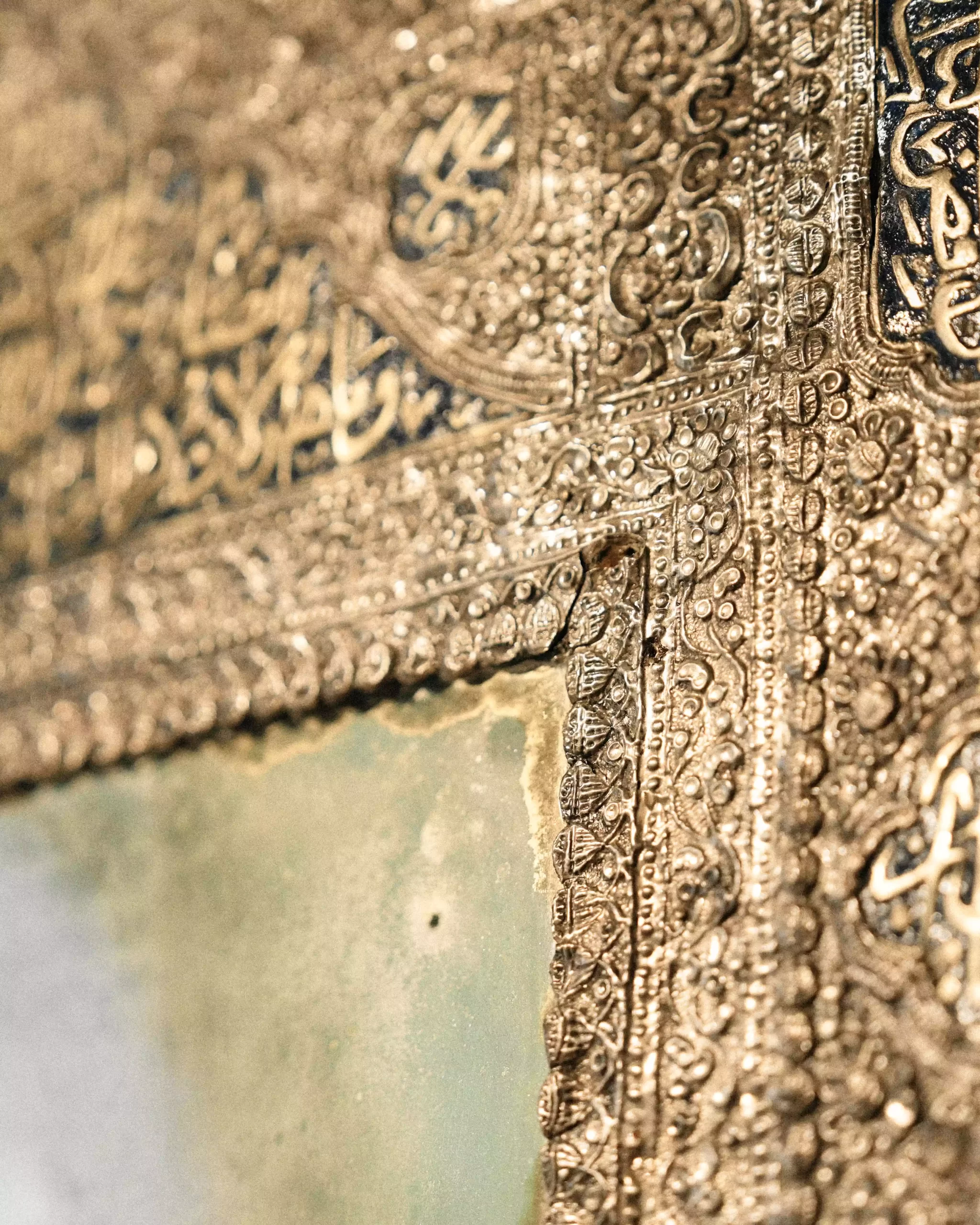

And the journey will continue...
© 2024 Merito Ceramica